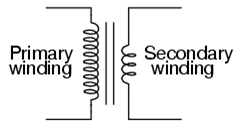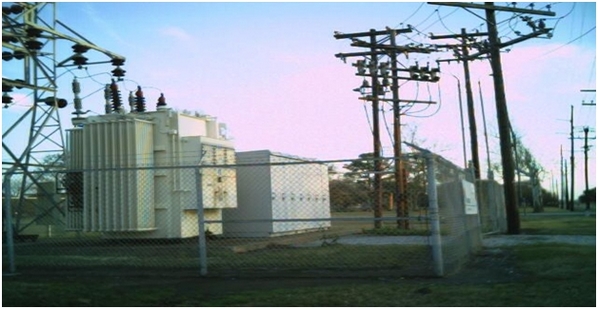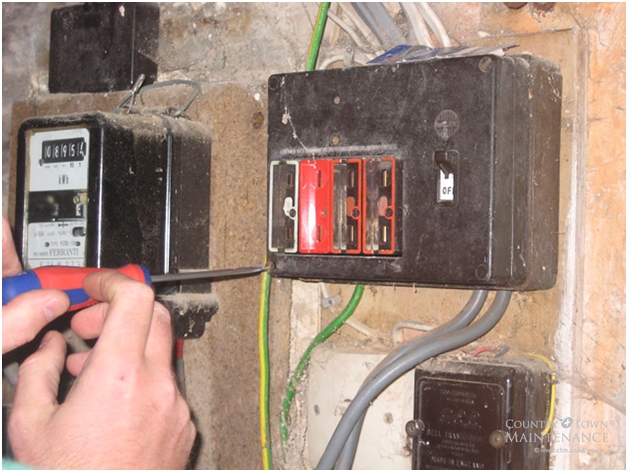
Energy Efficiency - kvar
This is the end of summer, the end of holidays for many of you, so now we can start again and focus on another category of the blog. Did you check the articles published in the "Energy Efficiency - kvar" category?

The community found the articles very interesting and we had great feedbacks on them. There are the most commented topics of this section:
1. Power factor correction kvar policy in countries
2. How to illustrate "Re active Power"?
3. KVAR, kVAr or kvar?
If you want to publish an article in the Electrical Efficiency - kvar category, you can tell us by mail. You can even post directly on the forum! You can write about whatever you want (debate, tutorial, product review, observations, your own experience, etc.).
Thanks in advance for your active contribution to our community,
Moderator team

As you may have noticed, our forum keeps growing fast:
16305 members and over 1000 topics!
As the number of topics keeps growing fast, don't hesitate to use the search engine, at the top left of the forum window, to check if there is a topic in relation to a subject you are interested in.
Welcome to our newcomers: kamalanji, kurdi, vasanth kumar jha, public.m.karimian, Ametus and Matism056!
 |
|

|
Step Up and Step Down Transformers |
 | There are two types of transformers, namely: Step down and Step up transformers. Generally, the difference between them is the amount of voltage produced, depending on the number of secondary coils.
In a step-down transformer, the transformer's secondary voltage is less than the primary voltage. A step-up transformer is the direct opposite of a step-down transformer.
|
One of our fellow members of the EEC sent us this article few days ago. What do you think about it?
|
MORE>> |

|
Benefits and applications of medium voltage |
 | Traditionally, any voltage over 600V would evoke thoughts of high danger from the perceived high voltage. Engineers and technicians alike would abandon any systems operating over that limit and instead focus on the low voltage components, citing relative low risk levels.
Today, however, high skill levels, standards and installation requirements ensure that working with medium voltage is safe.
|
This is one of our newest members' vision of medium voltage and the advantages of it. Now what is your opinion?
|
MORE>> |

|
Inspection of voltage drop in conductors |
 |
Conductor allows the flow of electrical energy to move in one and other directions. The pressure or electrical force that helps the current to flow in a conductor is voltage. Sometimes the pressure of voltage fails to provide the desired flow of current due to impedance.
This situation causes voltage drop. Which consequences on the equipment and how to inspect it?
|
It is important to keep a check on the conductors and little carelessness can cause great damage. This article helps you to take strict measures, do you have more advices?
|
MORE>> |
|
 |
|
